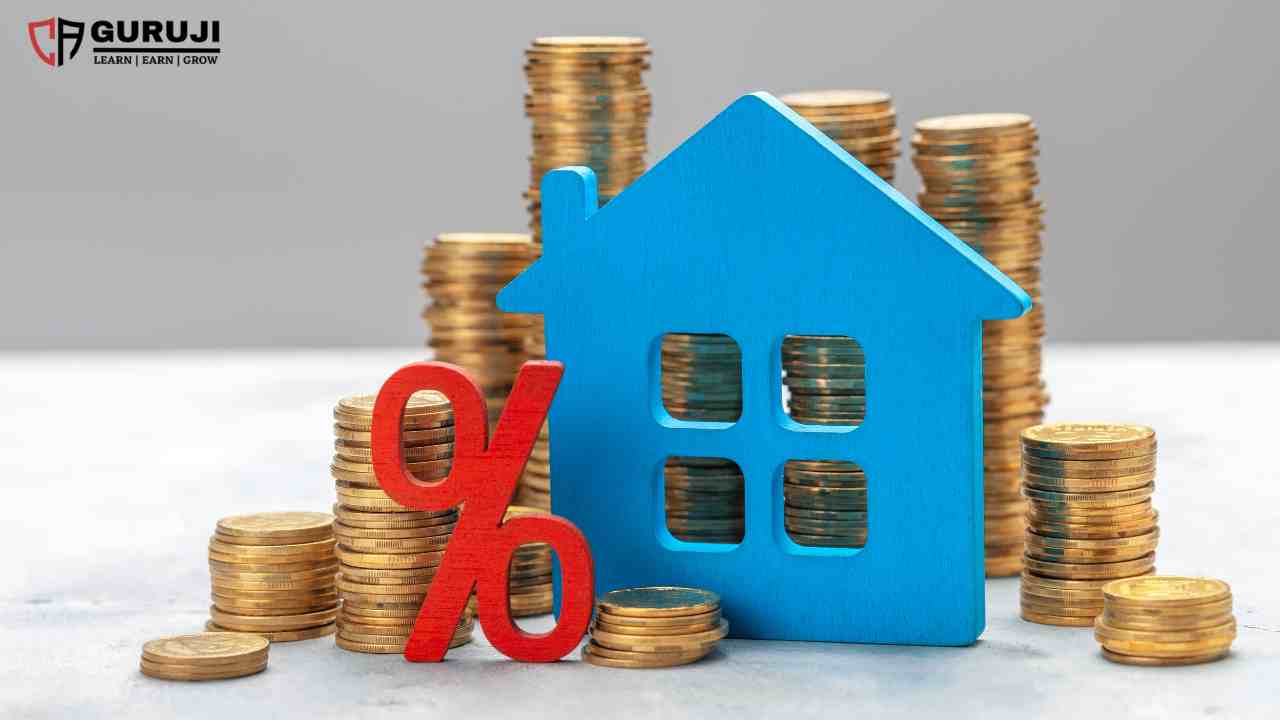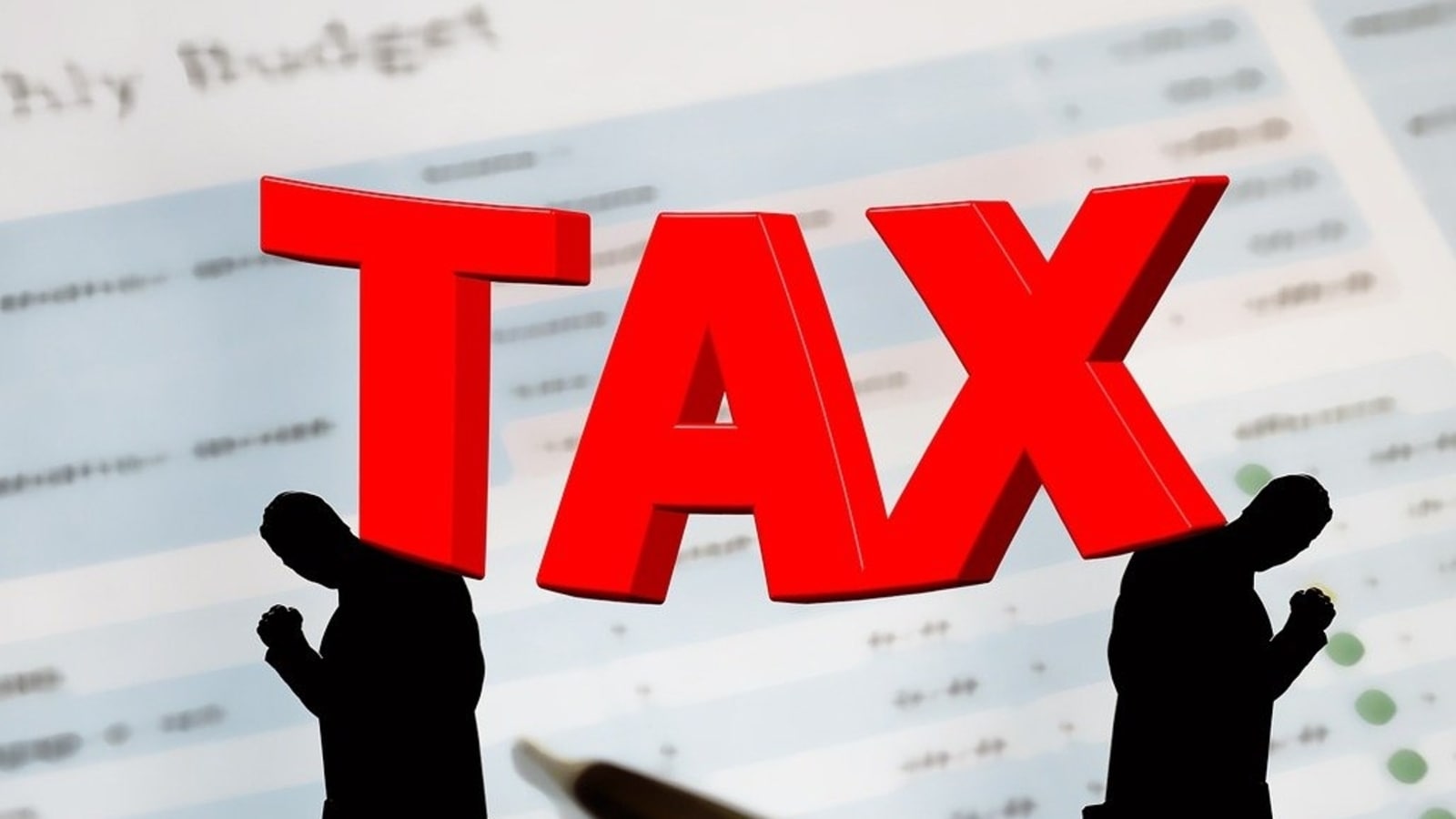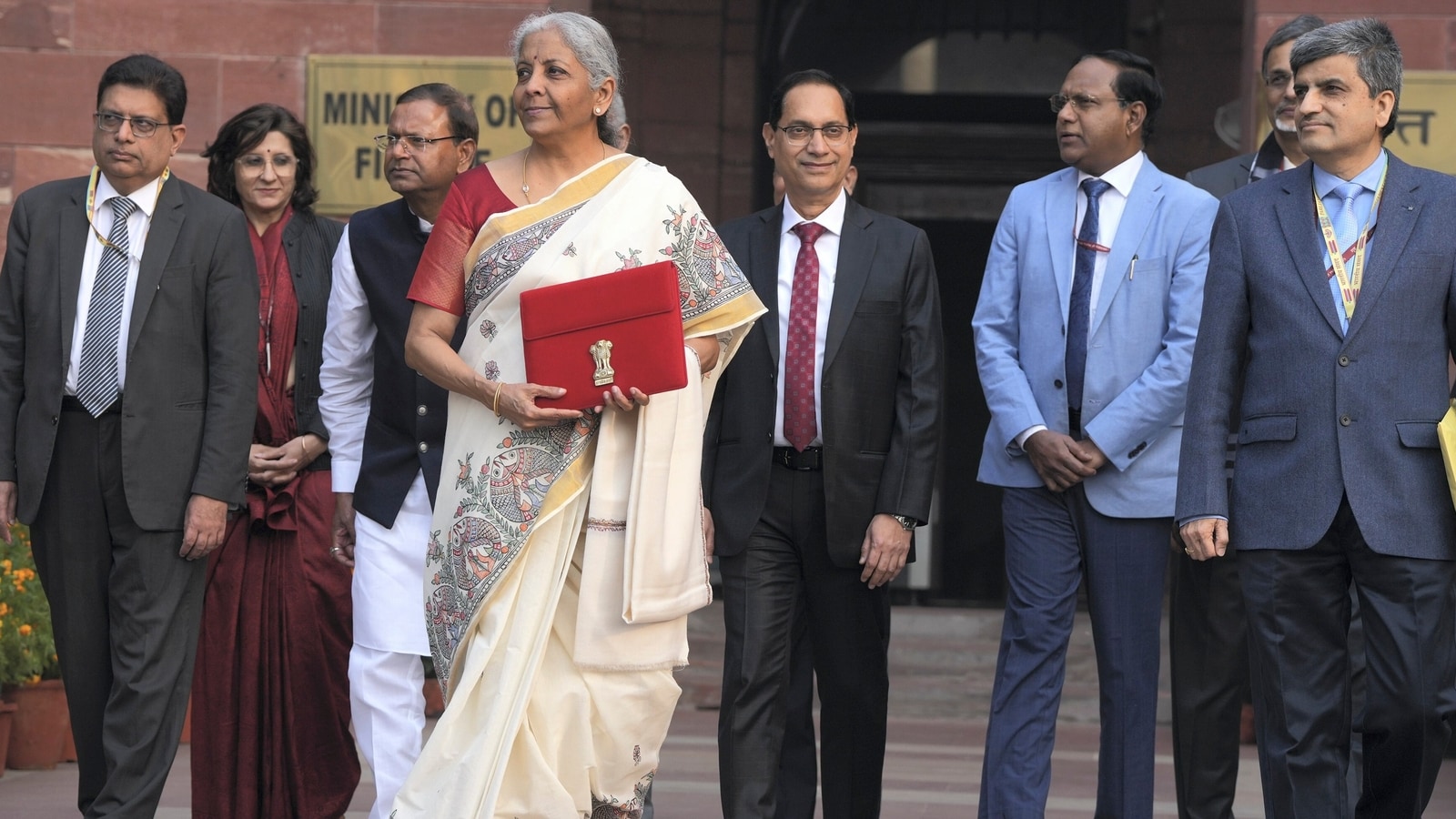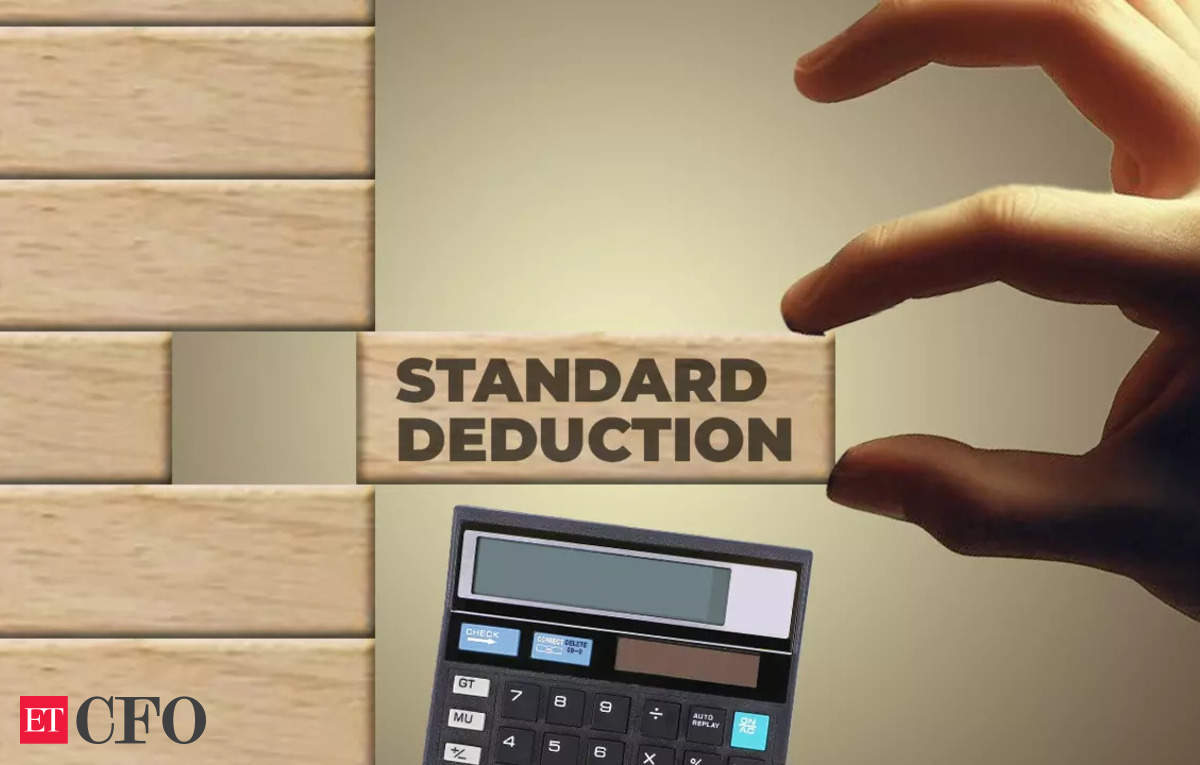Currently, Bank of India offers the lowest home loan interest rate starting from 8.30% p.a. Bank of Maharashtra, LIC Housing Finance and Union Bank of India offer rate of interest on home loans starting from 8.35% p.a. The final interest rates offered to home loan applicants would depend on their credit score, loan amount, occupation profile, employer’s profile, etc. As even a slight difference in the interest rate can lead to a significant difference in the total interest cost for the home loan borrower, prospective borrowers should compare the interest rates offered by as many lenders as possible before making the loan application.
Current Home Loan Interest Rates of All Banks/HFCs
Home loan interest rates can widely vary depending on the applicant’s credit profile and the lenders’ credit policies. Hence, one should always compare the housing loan interest rates offered by as many lenders as possible before applying for a housing loan. Below are the home loan interest rates offered by banks and HFCs:
Home Loan Interest Rates of Top Public Sector Banks 2024
| Name of Lender | Up to Rs. 30 Lakh | Above Rs. 30 Lakh & Up to Rs. 75 Lakh | Above Rs. 75 Lakh |
| Bank of Baroda | 8.40% – 10.65% | 8.40% – 10.65% | 8.40% – 10.90% |
| Punjab National Bank | 8.45% – 10.25% | 8.40% – 10.15% | 8.40% – 10.15% |
| Punjab & Sind Bank | 8.50% – 10.00% | 8.50% – 10.00% | 8.50% – 10.00% |
| SBI | 8.40% – 10.15% | 8.40% – 10.05% | 8.40% – 10.05% |
| Union Bank of India | 8.35% – 10.75% | 8.35% – 10.90% | 8.35% – 10.90% |
| Bank of India | 8.30% – 10.75% | 8.30% – 10.75% | 8.30% – 10.75% |
| UCO Bank | 8.45% – 10.30% | 8.45% – 10.30% | 8.45% – 10.30% |
| Bank of Maharashtra | 8.35% – 11.15% | 8.35% – 11.15% | 8.35% – 11.15% |
| Canara Bank | 8.50% – 11.25% | 8.45% – 11.25% | 8.40% – 11.15% |
| Indian Overseas Bank | 8.40% onwards | 8.40% onwards | 8.40% onwards |
Note: Interest rates as of 5 April 2024
Home Loan Interest Rates of Top Private Sector Banks 2024
| Name of Lender | Up to Rs. 30 Lakh | Above Rs. 30 Lakh & Up to Rs. 75 Lakh | Above Rs. 75 Lakh |
| HDFC Bank Ltd. | 8.50% onwards | 8.50% onwards | 8.50% onwards |
| Kotak Mahindra Bank | 8.70% onwards | 8.70% onwards | 8.70% onwards |
| ICICI Bank | 8.75% onwards | 8.75% onwards | 8.75% onwards |
| Axis Bank | 8.75% – 13.30% | 8.75% – 13.30% | 8.75%- 9.65% |
| Karur Vysya Bank | 9.00% – 11.05% | 9.00% – 11.05% | 9.00% – 11.05% |
| South Indian Bank | 9.84% – 11.24% | 9.84% – 11.04% | 9.84% – 11.69% |
| Karnataka Bank | 8.60% – 10.60% | 8.60% – 10.60% | 8.60% – 10.60% |
| Federal Bank | 8.80% onwards | 8.80% onwards | 8.80% onwards |
| Dhanlaxmi Bank | 9.35% – 10.50% | 9.35% – 10.50% | 9.35% – 10.50% |
| Tamilnad Mercantile Bank | 8.60% – 9.95% | 8.60% – 9.95% | 8.60% – 9.95% |
| Bandhan Bank | 9.16% – 15.00% | 9.16% – 13.33% | 9.16% – 13.33% |
| RBL Bank | 8.90% onwards | 8.90% onwards | 8.90% onwards |
Note: Interest rates as of 5 April 2024
Home Loan Interest Rates of Top Housing Finance Companies (HFCs) 2024
| Name of Lender | Up to Rs. 30 Lakh | Above Rs. 30 Lakh & Up to Rs. 75 Lakh | Above Rs. 75 Lakh |
| LIC Housing Finance | 8.35% – 10.35% | 8.35% – 10.55% | 8.35% – 10.75% |
| Tata Capital | 8.70% onwards | 8.70% onwards | 8.70% onwards |
| Bajaj Housing Finance | 8.50% onwards | 8.50% onwards | 8.50% onwards |
| PNB Housing Finance | 8.50% – 14.50% | 8.50% – 14.50% | 8.50% – 11.45% |
| Repco Home Finance | 9.50% onwards | 9.50% onwards | 9.50% onwards |
| GIC Housing Finance | 8.80% onwards | 8.80% onwards | 8.80% onwards |
| Indiabulls Housing Finance | 8.75% onwards | 8.75% onwards | 8.75% onwards |
| Aditya Birla Capital | 8.80% – 14.75% | 8.80% – 14.75% | 8.80% – 14.75% |
| ICICI Home Finance | 9.20% onwards | 9.20% onwards | 9.20% onwards |
| Godrej Housing Finance | 8.55% onwards | 8.55% onwards | 8.55% onwards |
| L&T Finance Limited | 8.60% onwards | 8.60% onwards | 8.60% onwards |
Note: Interest rates as of 5 April 2024
Home Loan Interest Rates of Leading Foreign Banks
| Name of Lender | Up to Rs. 30 Lakh | Above Rs. 30 Lakh & Up to Rs. 75 Lakh | Above Rs. 75 Lakh |
| HSBC | 8.45% onwards | 8.45% onwards | 8.45% onwards |
| Standard Chartered Bank | 8.60% onwards | 8.60% onwards | 8.60% onwards |
Note: Interest rates as of 5 April 2024
Housing loan also save your income tax get Deduction of Housing Loan Interest & Principal under the Income Tax Act, 1961
Owning a home is not only a significant milestone but also comes with certain financial benefits, particularly in the realm of taxation. The Income Tax Act, 1961, provides provisions for individuals to claim deductions on the interest paid towards housing loans. Let’s delve into the details of these deductions and understand how they can lighten the tax burden for homeowners.
Section 24(b) of the Income Tax Act, 1961
Under Section 24(b) of the Income Tax Act, 1961, individuals can claim deductions on the interest paid on housing loans for properties owned by them. Here’s a breakdown of the key aspects of this provision:
- Self-Occupied Property: If the property is self-occupied, individuals can claim a deduction of up to ₹2 lakh per financial year on the interest paid towards the housing loan. This deduction is available for both completed and under-construction properties.
- Let-Out or Deemed Let-Out Property: In the case of properties that are let-out or deemed to be let-out, there is no upper limit on the deduction for interest paid on the housing loan. The entire interest amount can be claimed as a deduction from the rental income received from the property. This deduction is available both in old tax regime and new tax regime
Conditions for Claiming Deductions
To avail of deductions under Section 24(b), certain conditions must be met:
- Loan Purpose: The loan must be taken for the purpose of purchasing, constructing, repairing, renewing, or reconstructing a residential property.
- Completion of Construction: Deductions on interest payments can be claimed only after the construction of the property is completed. For under-construction properties, interest paid during the pre-construction period can be aggregated and claimed in five equal installments starting from the year in which the construction is completed.
- Borrower’s Ownership: The borrower must be the legal owner or co-owner of the property for which the housing loan is taken.
Deduction under Section 80C of Principal amount of loan
In addition to the deductions available under Section 24(b), first-time homebuyers can claim an additional deduction on the Principal paid on housing loans under Section 80C upto Rs.150000.
How Banks and HFCs Calculate Home Loan Interest?
Banks and HFCs use monthly reducing balance method to calculate interest on home loans. In this method of calculation, the interest is calculated on the outstanding principal amount following each EMI payment. The interest component in a home loan EMI is the highest in the initial few years of the loan tenure and as the outstanding principal decreases with each EMI paid, the interest component in the EMI also decreases.
Types of Home Loan Interest Rates
Depending on the interest rate, a home loan is of three types, fixed-rate, floating rate and hybrid.
1. Fixed Rate Loans: Fixed interest rate remains the same throughout the loan period, thereby, keeping the home loan EMI constant. Applying for a home loan at a fixed rate of interest is better when the current home loan rate of interest is quite low and an upward trend is anticipated in the future.
2. Floating Rate Loans: Floating interest rate, also known as the variable rate of interest, is subject to the current market lending rates; and thus, they may change during the loan tenure. The home loan EMIs will increase or decrease as per the interest rate movement.
3. Hybrid Loans: Hybrid rate home loans are a mix of fixed-rate and floating rate home loans. They will initially have a fixed interest rate for a set period, after which it will change into the floating rate of interest. Such housing loans are best suited for those who got the loan at a low fixed rate and plan to prepay or foreclose it before the floating rate starts.
Difference Between Fixed Interest Rate and Floating Interest Rate For Home Loans
| Fixed Interest Rate | Floating Interest Rate |
| EMIs remain same throughout the loan tenure regardless of the changes in the interest rate regime | EMIs change with the changes in the linked benchmark rates |
| Offers higher certainty in financial planning | Sudden increase in EMIs might derail household finances of the borrowers |
| Better option when the current interest rate is quite low and an upward trend is anticipated in the future | Better option when the current interest rates are quite high and a downward trend is predicted in the future |
| No benefit from the falling interest rate regime | Benefit from the lowered interest rate if the underlying benchmark rate decreases |
| Lenders charge higher rates as compared to floating rate home loans | Interest rate offered on a floating rate home loan is generally lower than that of housing loans availed at fixed interest rate |
| Lenders are free to levy charges on prepayments or foreclosure of fixed rate home loans | As per RBI’s guidelines, banks and HFCs are not allowed to levy prepayment and foreclosure charges on floating rate home loans disbursed to individuals |
Factors Determining Your Home Loan Interest Rate
As home loans are usually high-ticket size loans, banks and HFCs do a careful and detailed assessment of the borrower’s credit history, repayment capacity, income along with stringent checks on the property to be purchased. For borrowers seeking a home loan, they must be aware of the factors that lenders look at while processing a housing loan application and have a deep awareness of their own eligibility. It needs to be noted that low-interest rates also usually come with stricter eligibility conditions. Here are the factors that lenders consider while determining your home loan eligibility and the interest rate to be offered:
- Credit score: Your credit score is a numerical representation of your credit history. Those who have paid their EMIs and credit card bills in full, timely, and have not been over-dependent on credit in the past are likely to have a good credit score. If your credit score from CIBIL and other bureaus is 750 and above, lenders would see you favorably for a home loan. Also, banks and HFCs are increasingly using the credit score of the home loan applicants to fix their housing loan interest rates. As a high credit score reflects responsible credit behaviour and financial discipline, many banks and HFCs offer home loans to applicants with higher credit scores at a lower interest rate. Those having no or low credit scores can improve their credit scores by availing lifetime free Step UP Credit Card, a secured credit card co-branded with SBM Bank India Ltd.
- Income and employment: When evaluating your home loan eligibility, lenders also factor in your income, type of employment and the profile of your employer. Home loan applicants employed with government or PSUs or those working with large and/or reputed private sector organizations are usually preferred by lenders due to their higher job/income certainty. Hence, lenders offer lower home interest rates to such applicants. On the other hand, home loan applicants with irregular or insufficient income might find hard to get home loan at a lower interest rate.
- Loan amount: The loan amount you seek to borrow can also influence the rate at which you get the housing loan. Home loans up to Rs. 30 lakh usually have a lower interest rate as compared to home loans of higher amounts. To get a lower rate of interest on your home loan, one should try and make the maximum down-payment possible. This will not just reduce the overall loan burden but may also help get a lower rate of interest on their loan.
- Type of home loan: Home loan rate of interest also differs as per the types of home loan. Regular home loans have standard rates while their counterparts such as Plot Loan or NRI Home Loan usually have higher rate of interest.
- Interest rate concession for women home loan borrowers: Some lenders provide home loan interest rate concession, usually of 0.05%, to women borrowers. Hence, it is advised that married couples should consider taking a joint home loan and make the wife the primary applicant if they can get a lower rate of interest. Availing joint home loan will also increase your home loan eligibility as well as home loan tax benefits.
- Type of interest rate: The type of interest rate you choose for your home loan will determine the rate at which you will repay your lender. In the case of fixed-rate home loans, EMIs remain the same for the entire loan period. Floating rates, on the other hand, change as per change in its lending rate such as Repo Linked Lending Rate (RLLR). Lenders usually charge higher interest rates on home loans offered on fixed interest rates due to the higher interest rate risk involved with fixed-rate home loans.
Tips to Reduce Home Loan Rate of Interest
Those planning to avail home loans can try availing it on lower interest rates by following the tips below:
- Keep your credit score as high as possible, preferably at least 750
- Apply for a joint home loan, preferably with a female member of the family as some lenders offer interest rate concession to female loan applicants.
- Existing home loan borrowers can lower their home loan rates by transferring their outstanding balance to another lender offering lower interest rate
- Many lenders set lower interest rates for applicants having lower LTV ratios. Thus, home loan applicants should make the maximum contribution possible towards home down payment so as to lower their loan amount, which thereby might help them get lower interest rates on their home loans.
FAQs on Home Loan Interest Rate
1. What is the current rate of interest on a home loan?
Ans. The current home loan interest rate start from 8.30% p.a. depending on the lender and the applicants’ credit profiles.
2. Which bank offers best home loan interest rate?
Ans. Currently, the Bank of India offers the lowest home loan interest rates starting from 8.30% p.a. To most consumer, lenders offering best home loan interest rates would be synonymous with the lender offering lowest home loan interest. However, lenders set housing loan interest rates for their loan applicants based on their credit risk assessment.
As the credit risk assessment process followed by the lenders can vary widely, home loan applicants should compare the home loan offerings of as many lenders as possible to get the best possible home loan rates available on their credit profile.
3. Which bank offers the lowest home loan rate of interest for salaried and self-employed?
Ans. For fresh home loan borrowers, Bank of India offers the lowest rate of interest on home loan starting from 8.30% p.a., followed by Union Bank of India, LIC Housing Finance and Bank of Maharashtra, which offer home loans at 8.35% p.a. onwards. Next, Bank of Baroda, Punjab National Bank, Canara Bank, SBI and Indian Overseas Bank offer home loans at one of the lowest housing loan interest rates starting at 8.40% p.a.
4. What is pre-EMI interest?
Ans. At times a home loan is disbursed in tranches, depending on the stages of completion of a housing project. Till the final disbursal of the loan amount, borrowers may be required to service the interest cost incurred on the disbursed loan amount. This interest is known as Pre-EMI interest. Pre-EMI interest is payable every month from the date of initial disbursement until the date of commencement of EMI.
5. How to check the total interest cost payable on the home loans?
Ans. Home loan applicants can use home loan EMI calculators for calculating the total interest cost payable on their home loans. They simply need to enter their home loan amount, tenure and interest rates into these calculators for calculating the EMI and the total interest cost of the home loan.
6. Can I switch my fixed rate of interest to floating rate during the loan period? Are there any charges involved?
Ans. Yes, you can switch from fixed rate to floating rate of interest. However, lenders usually charge 0.5% of the outstanding principal as a conversion fee.
7. What is External Benchmarking based Lending Rate (EBLR)?
Ans. External benchmark-based lending rate (EBLR) is the reference rate used for setting the interest rates for loans based on external benchmarks like RBI’s repo rate, T-Bill yields, etc. Prior to the introduction of EBLR, banks set interest rates for their floating rate loans after considering internal factors like cost of their deposits, operating costs, cash reserve ratio, etc. As per the RBI’s guidelines, all retail and MSME loans offered by banks on floating rates has to be linked to EBLR. EBLR was introduced with the aim of quickening the transmission of policy or market interest rate changes to the borrowers.
8. Which other external benchmarks do banks use to set home loan interest rates?
Ans. Apart from the Reserve Bank of India’s policy repo rate, other external benchmarks that banks use to set home loan interest rates include:
- Government of India 3-Months Treasury Bill yield published by the Financial Benchmarks India Private Ltd (FBIL)
- Government of India 6-Months Treasury Bill yield published by the FBIL
- Any other benchmark market interest rate published by the FBIL
9. How frequently would my EBLR-based home loan interest rates change during my home loan tenure?
Ans. The changes in the interest rates of your EBLR-based home loan would depend on the changes in the external benchmark rates used by your bank and the set frequency of their interest rate reset. RBI guidelines require banks to reset their EBLR-linked interest rates at least once in 3 months.
10. Does credit score affect home loan interest rate?
Ans. Banks add spread and credit risk premium to their EBLR while setting their home loan interest rates. Banks consider credit score, employers’ profile, occupation profile, income, etc. among other factors for setting the credit risk premium for their home loan applicants.
As a high credit score indicates financial discipline and regular repayments and thereby reduces the credit risk for the lenders, many banks charge lower credit risk premium to borrowers having higher credit score. These results in lower housing loan interest rates for borrowers having higher credit score.
11. Which interest rate is better – floating or fixed?
Ans. Few lenders offer home loans at fixed interest rates and those offering fixed rate home loans charge higher interest rates. Moreover, with home loan tenures going up to 30 years, a home loan borrower would experience multiple changes in the interest rate cycle during his loan tenure. This makes it difficult for any borrower to time their home loan repayment as per the interest rate cycle.
12. What is the home loan interest rate offered by SBI?
Ans. The SBI home loans interest rate starting from 8.40% p.a. onwards.
13. Can the credit risk premium component of my home loan interest rate change during the loan tenure?
Ans. As per the RBI guidelines regarding the external benchmark based lending rate, banks have been allowed to change credit risk premium component if the borrower’s credit risk assessment undergoes a significant change during the loan tenure.
14. Can the other components of the spread used in my housing loan interest rate change during the loan tenure?
Ans. As per the RBI guidelines, your bank can change the other components of the spread used for setting your home loan interest rate once in three years.
15. Can adding a co-applicant help me get a lower rate of interest?
Ans. Yes, adding an earning female member of your family as a co-applicant might help you get home loan at a lower interest rate. Lenders like SBI Bank, HDFC Bank, Union Bank of India, Bank of India, etc. offer interest concession of 0.05% to women applicants.
16. At what credit score can the applicants avail best home loan interest rates?
Ans. Lenders usually offer lower home loans interest rates to applicants having credit scores of 750 and above. Some lenders also offer home loans to applicants having a credit score of less than 750, but at higher interest rates. Thus, prospective home loan applicants should try to improve/maintain their credit scores to 750 & above to avail home loan at best possible interest rate based on their credit profile.
17. How can I reduce my home loan interest burden?
Ans. Existing home loan borrowers can reduce their interest burden by transferring their outstanding loan amount to a new lender offering them lower interest rate and/or better terms. Reduced interest rate will reduce their EMIs and the overall interest cost.
Balance transfer customers can also choose to reduce their loan tenures during the loan application process. One can additionally choose shorter tenure during the balance transfer for further reducing their overall interest cost. However, it will also increase your loan EMIs. Hence, choose shorter tenures only when you are comfortable paying your revised home loan EMI.
Another way to reduce your interest burden could be by making part prepayments on your home loan whenever it’s feasible. Those prepaying their home loans usually have two options – tenure or EMI reduction. Those opting for EMI reduction would continue with the same residual tenure. Similarly, those opting for the tenure reduction option would have reduced EMI. Home loan borrowers seeking to further reduce their interest burden should go for tenure reduction option as it results in interest cost savings.
Visit www.cagurujiclasses.com for practical courses











